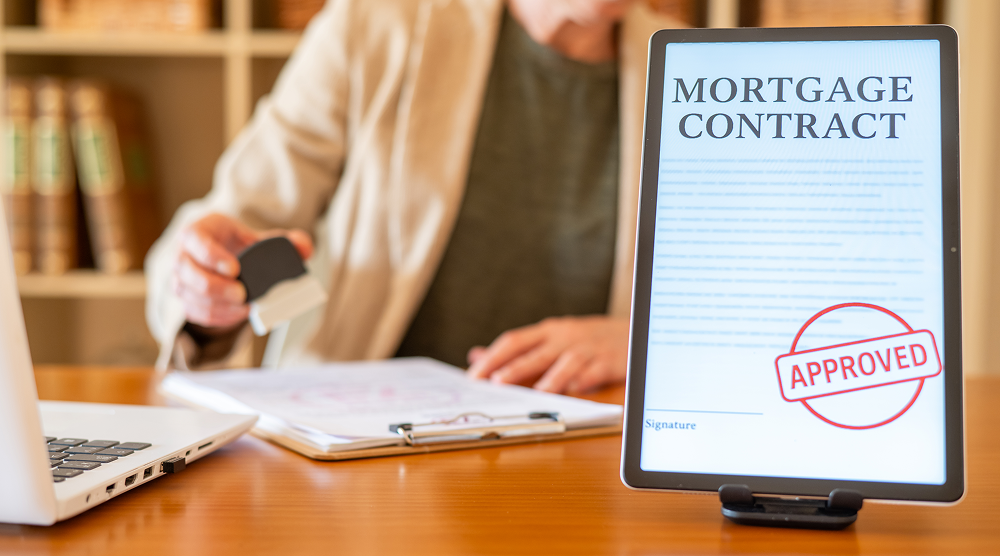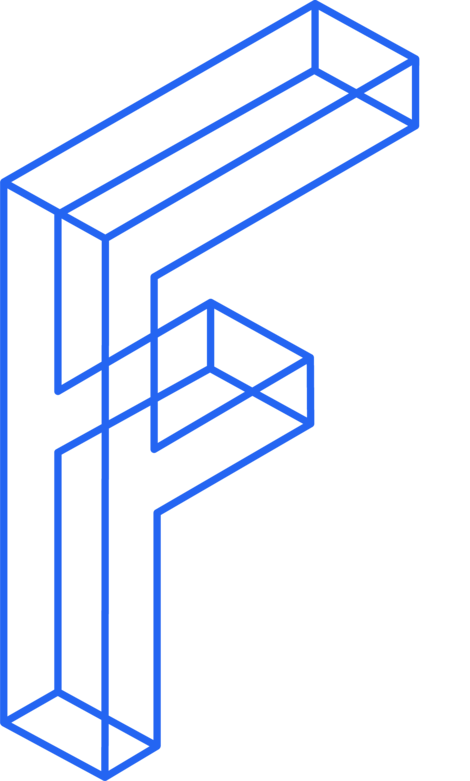Ottawa Announces Changes to Insured Mortgage Rules

Ottawa made a significant announcement on September 16, 2024, regarding more flexible rules for mortgage borrowers. They are making two key changes to the rules:
- the cap on insured mortgages will increase to $1.5 million from the current $1 million, and
- mortgage amortizations of up to 30 years will be available for insured mortgages on all property types for first-time homebuyers (FTHBs), and for all buyers of new build properties.
These mortgage changes are scheduled to take affect on December 15, 2024.
Change to Allow 30-Year Amortization Period
Prior to this spring all insured mortgages had a maximum amortization period of 25 years. In the spring, the government allowed only FTHBs to qualify for insured mortgages using a 30-year amortization but only for new build properties. Today’s change will allow 30-year amortizations for FTHBs on all property types and also for all borrowers purchasing new builds.
Allowing 30-year amortization periods for FTHBs will make mortgages more affordable. A 30-year amortization reduces a mortgage payment by close to 8% for most mortgages, compared to a 25-year amortization. This assumes an equal rate, so it is not precise since most 30-year amortization mortgages have slightly higher mortgage rates than 25-year amortization mortgage rates. Nevertheless, this is a material improvement to affordability for many borrowers. The reduced mortgage payments will allow more borrowers to qualify for a mortgage in today’s market.
Change to Cap on Property Value
The increase to the cap on property value for insured mortgages from $1 million up to $1.5 million makes several expensive markets more accessible for new home buyers, especially in Southern Ontario and BC. Buyers can now qualify for a larger mortgage without putting 20% down. Instead of needing a down payment of 20% for an uninsured mortgage on a home worth $1.5 million (equal to $300,000), you now will need a down payment for an insured mortgage of 5% on the first $500,000 and 10% on the rest (equal to $125,000).
This lower down payment requirement for properties valued between $1 million and $1.5 million will help new buyers in high priced markets and help those looking to trade up to a larger home. Please note that it does not change the income or debt service requirements, which are so often strained in high-priced markets. You will still need to be able to afford the mortgage and demonstrate to a lender that you can make the payments.
The Background
Both mortgage rule changes reverse rules put in place in June 2012. At that time maximum amortizations for insured mortgages were reduced from 30 years to 25 years and the $1 million property value limit was first introduced. The intention (by the Harper government at the time) was to bring CMHC back to its original stated purpose – which was to help finance home ownership for those that most need assistance.
It was felt that those who could afford a home worth more than $1 million should not need assistance. They also believed the 30-year amortization was an incremental risk to the system that could also hurt borrowers by making the cost of their mortgage higher over time. That all seemed sensible at the time but now that the housing market has grown significantly, and a $1 million home is no longer unusual, it seems to be a suitable time to reconsider these rules.
The government and the regulators have reversed course on several mortgage rules over the past decade or so. Since the financial crisis they have been more hands on in managing risk in the mortgage market. This remains their approach even though mortgage portfolios at lenders have always performed well in Canada, even during the financial crisis. Yet, they continue to tinker. Cynics will say this move by the current government is to curry favor with voters for an upcoming election. That may or may not be true. Even though some of this news may be positive, we are consistently dismayed at the constant meddling in the mortgage market by the authorities.
Is There a Downside to These Rule Changes?
Mortgage brokers, mortgage lenders and other market participants will likely promote these changes as positive for borrowers, Generally, we agree. They will help more potential homeowners struggling to afford a home. Many FTHBs trying to buy their first home with a value north of $1 million still likely need some down payment assistance from the bank of mom-and-dad or a co-signor and this will not change that. It does not fix high home prices, but it might work to get more new homebuyers into a home purchase.
While you may now qualify under a 30-year amortization, please be aware that a 30-year amortization means you will be paying more over time for the mortgage than for a 25-year amortization. The shorter the amortization the less time it takes to pay off the mortgage and the less the mortgage costs in aggregate. Keep this in mind. A 30-year amortization may get you into the home, but you should try to shorten the amortization in the future to lessen the long-term cost of that mortgage. When your financial situation strengthens you may be able to do this by increasing the payment, making lump sum prepayments, or shortening the amortization at mortgage renewal.
From an overall ‘risk to the system’ perspective, prior to 2012, 30-year amortizations and insured mortgages greater than $1 million were allowed. Neither of these rules led to significant losses for lenders or caused any systemic issues. We do not expect any such risk to the system now.
Frank Mortgage is here to help you navigate the changing mortgage market. We have access to Canada’s best mortgage lenders and can get you great deals and low rates. Find us at 1-800-850-1337 or
www.frankmortgage.com. We are here to help.
About The Author

Don Scott
Don Scott is the founder of a challenger mortgage brokerage that is focused on improving access to mortgages. We can eliminate traditional biases and market restrictions through the use of technology to deliver a mortgage experience focused on the customer. Frankly, getting a mortgage doesn't have to be stressful.
Related Posts






